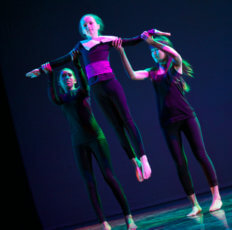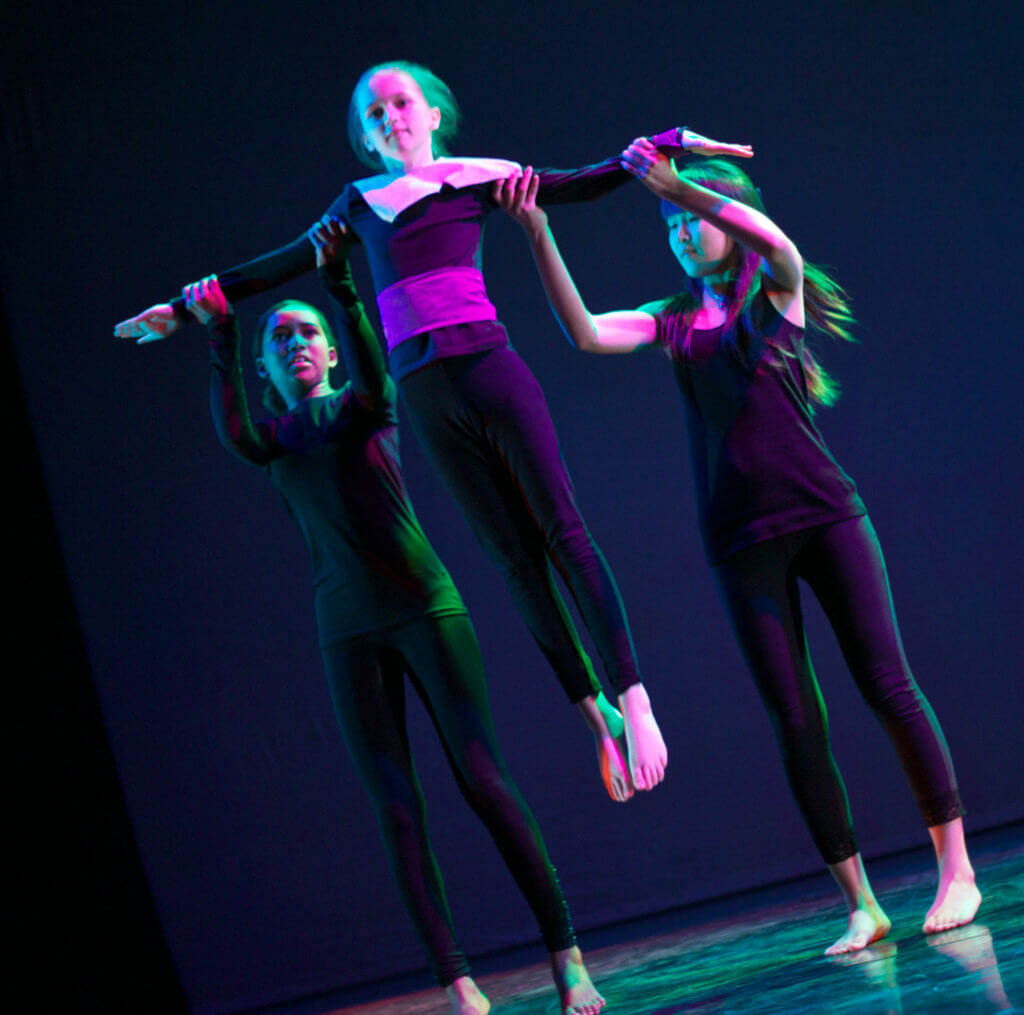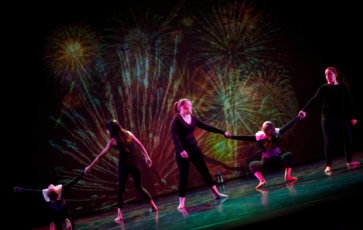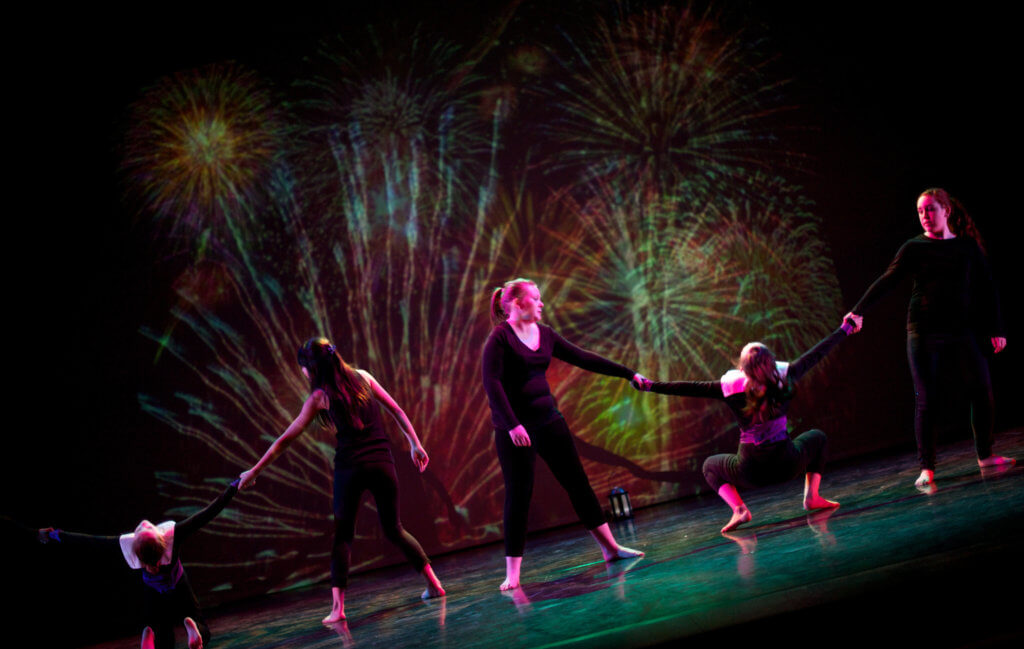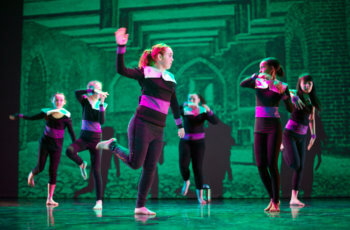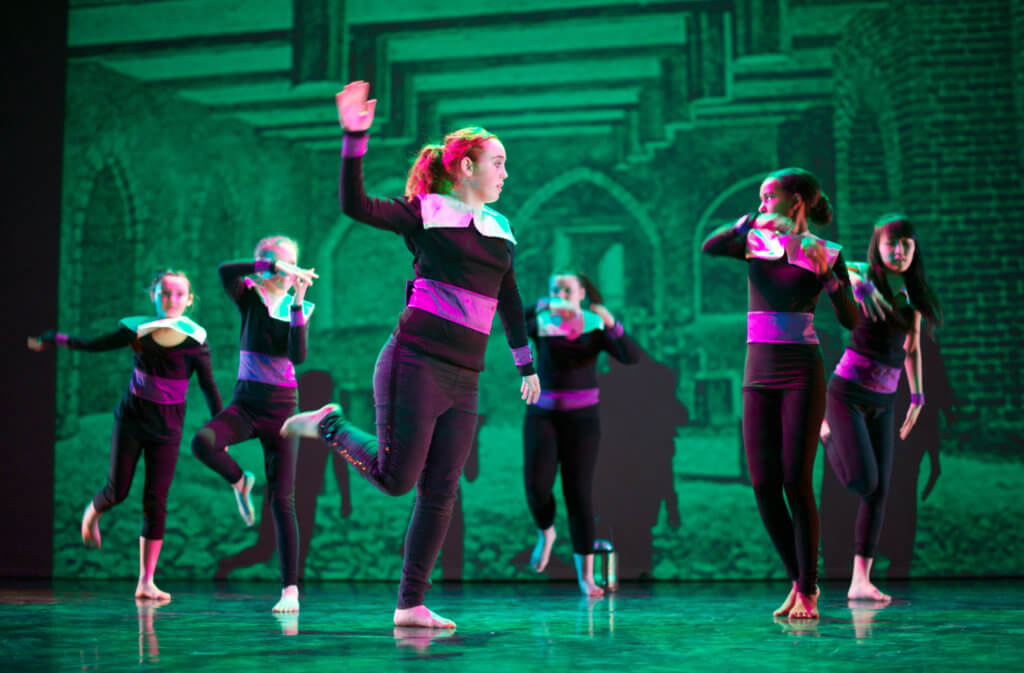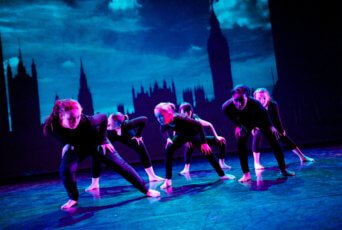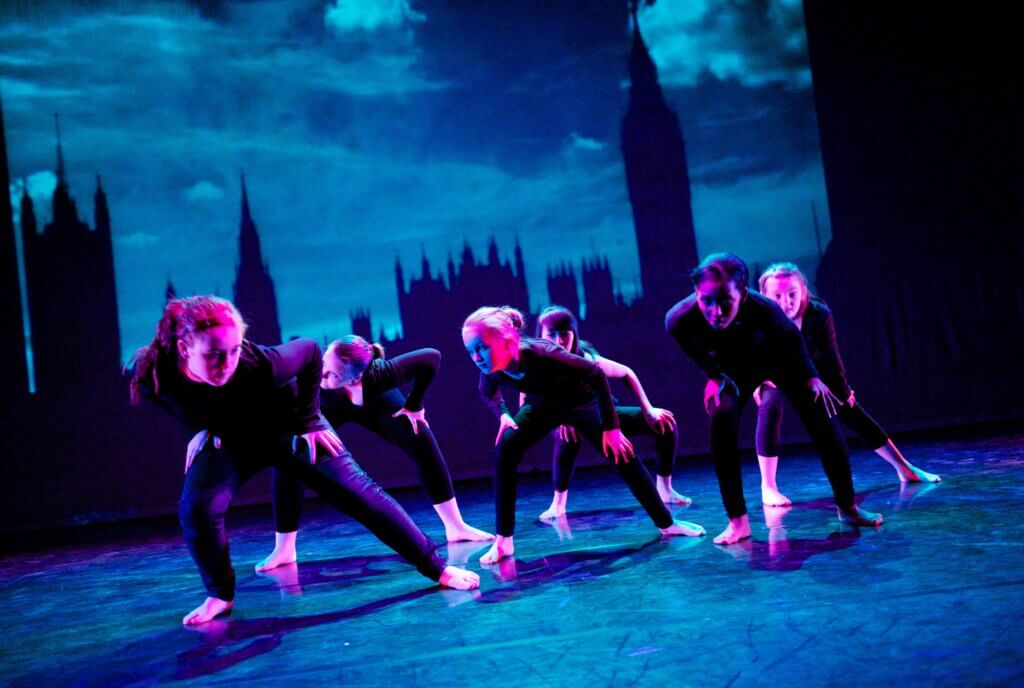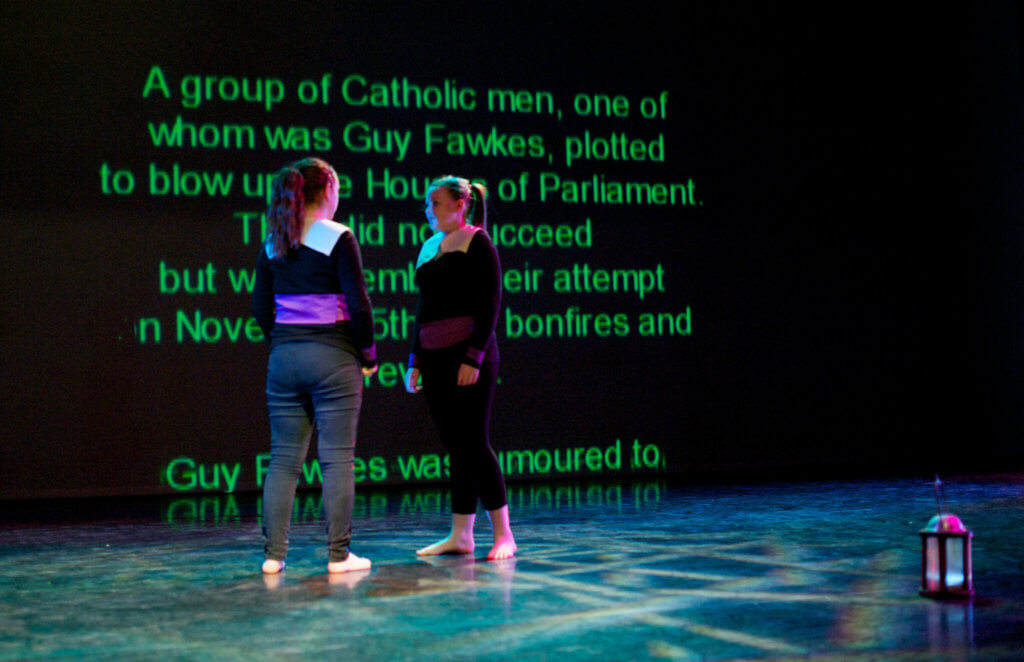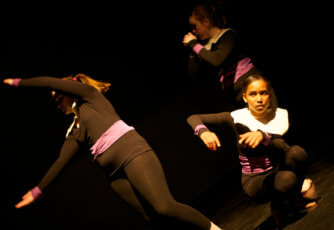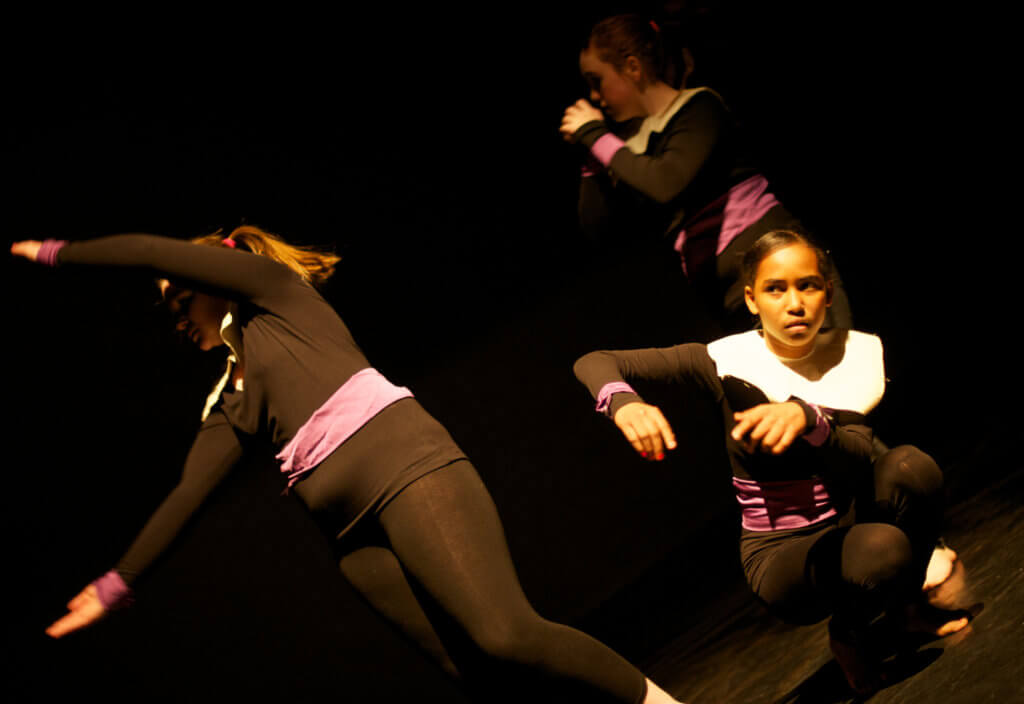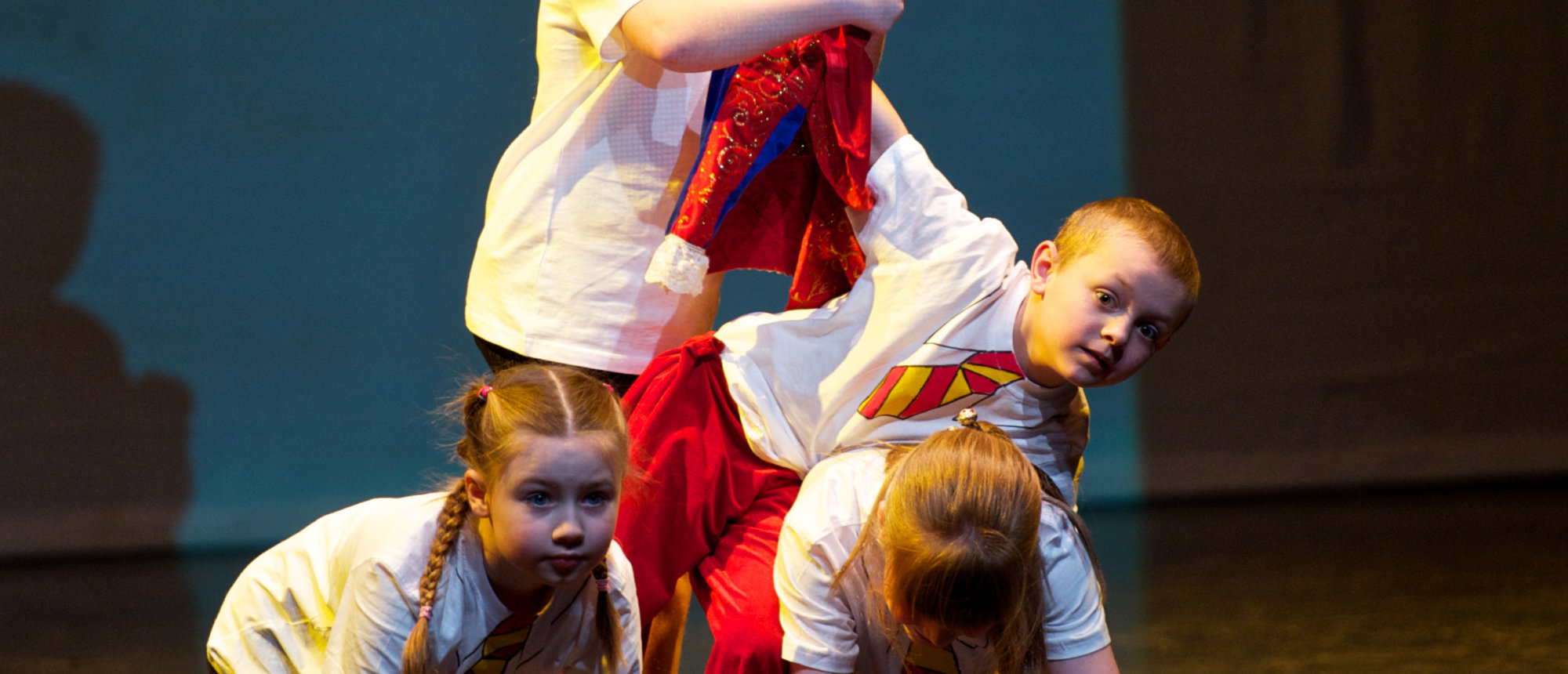About these activities
These activities are inspired by the theme of the exploration of history.
They explore movement and dance.
They can be used
- as stand alone activities or
- as follow up to a visit to Ordsall Hall
There are Dancing the Past to Life resources on other themes: View all the Dancing the Past to Life resources.
Activities
Starter Activity - learning a Unison Sequence
Objectives
To explore actions, space and dynamics becoming familiar with the language of dance
To learn a sequence inspired by Guy Fawkes and his men plotting and practise dancing this in unison
Activities
Warm up – see Dancing the Past to Life clip 17 for some ideas.
Explore personal space and whole space travelling around the space with a variety of actions (rolls, slides, jumps, running) and using a variety of space (directions and levels) and dynamics.
Show the students a sequence (inspired by theme of Guy Fawkes and his men plotting) which the students then practise to dance in unison. If you would rather, the sequence could be created together as a whole class with group members putting forward ideas for movements to show: whispering, suspicion, looking out for people approaching, keeping something a secret, listening and talking etc.
See Dancing the Past to Life clips 18 and 19 for examples of unison sequences.
Discussion about the theme of Guy Fawkes and his men.
Plenary activity - Motif Development and Creating a Solo
Objectives
To explore actions, space and dynamics and motif development (of the taught unison sequence) to create a solo
To share the group work ensuring the students are clear of success criteria
For the students to assess each other and offer feedback
Activities
This activity follows the Learning a Unison Sequence activity.
Warm up – see Dancing the Past to Life clip 17 for some ideas.
Recap the unison sequence (inspired by the plotting of Guy Fawkes and his men) learnt during that activity, working on accuracy of actions, space and dynamics. See Dancing the Past to Life clips 18 and 19 for examples of unison sequences.
Take a few of the ideas from the unison sequence and explore motif development to create new movements.
Motif development is where a movement is developed by adding in an action or changing the use of space (level, direction etc) or dynamics (speed and quality) whilst performing one of the original movements from the main unison sequence such as ‘whispering’, ‘secret’, ‘listening and talking’ and show the students how you can make movements more interesting and create variations on the main movements by exploring motif development. See Dancing the Past to Life clip 20 for examples of motif development work.
Ask the students to select movements from the ones they created through the motif development process and link together 3 or 4 ideas to create a solo to show Guy Fawkes or one of his men plotting.
Share the solos with the rest of the class. Ask the students to feedback their thoughts on whether the solos successfully show good use of actions, dynamics and space (variety of levels, directions), and that they show that they dramatically show that they are one of Guy Fawkes’ men plotting
Plenary activity - Group Work Using Text as a Stimulus
Objectives
For the students to work in trios to create a short group dance using a section of text to inspire choreography
To share the group work ensuring all students are clear of the success criteria
For the students to offer feedback to each other
Activities
Warm up – see Dancing the Past to Life clip 17 for some ideas.
Ask three students to read out loud the conversation between Guy Fawkes and two of his men discussing the situation of needing to overthrow the King. Talk about what it is the three men are discussing and discuss how we could illustrate this conversation through movement.
Demonstrate how we can underline significant words in the text and consider what actions, space and dynamics those words would need to be represented through movement.
Put the students into trios and ask them to create a group dance inspired by a short section of the text (perhaps split the text up between the class so that each group has a shorter section and that eventually the groups could perform them one after the other sharing their section of the text in order).
Ask them to start by underlining some of the key words that could be used to inspire movements and then to bring these to life through movement.
Ensure the group work has variety of unison, canon and moments of all dancers doing different levels etc. and that the actions, space and dynamics are selected well to show the text.
Encourage the students to create actions which respond to the quality of the word rather than miming the word. See Dancing the Past to Life Clip 21 for an example of students using text as to inspire choreography.
Share the work with the rest of the class and discuss success criteria and feedback.
Plenary activity - Contact Work and Conflict Trios
Objectives
To work with a partner to learn some basic lifts
To work in threes to create a conflict trio using the contact work
Activities
Warm up – see Dancing the Past to Life clip 17 for some ideas.
Teach some of the basic contact work lifts and counterbalances. See Dancing the Past to Life clip 6 for some contact work examples.
Set the task of creating a trio incorporating contact work to show the conflict between the King’s Men and Guy Fawkes when he is captured, interrogated and tortured.
Define the roles as 2 of the King’s Men against Guy Fawkes (2 students against 1). Watch a clip from the professional dance work ‘Swansong’ choreographed by Christopher Bruce for inspiration.
See Dancing the Past to Life clip 22 for student examples of conflict trios.
Each group to share their group dance. Film the work and show back immediately with self assessment and peer assessment against the following success criteria:
- Good use of actions, space, dynamics, relationships.
- Showing choreographic intention (to show the capture, interrogation and conflict between the King’s Men and Guy Fawkes).
About the Dancing the Past to Life project
Ordsall Hall closed its doors in 2009 for a major restoration and development project, and after two years ‘under wraps’ the Hall re-opened to the public on Sunday 15th May 2011.
On Friday 18th March 2011 school children from across Salford proudly presented ‘Dancing the Past to Life’, a dance work created to celebrate the re-opening of the Hall.
The Heritage Lottery Fund funded the project. It involved six schools working with dance artist Rachel Towe during the spring term. The aim was to create a dance inspired by the stories, artefacts and events that Ordsall Hall has been connected with through its history.
Each school created a dance of approximately 5 minutes in length based on their theme and the final show saw all the dances come together as one performance.
These activities can be used to explore movement and dance inspired by the themes of the exploration of history
- the Tudors
- Guy Fawkes
- the Second World War
- and Ordsall Hall today.


